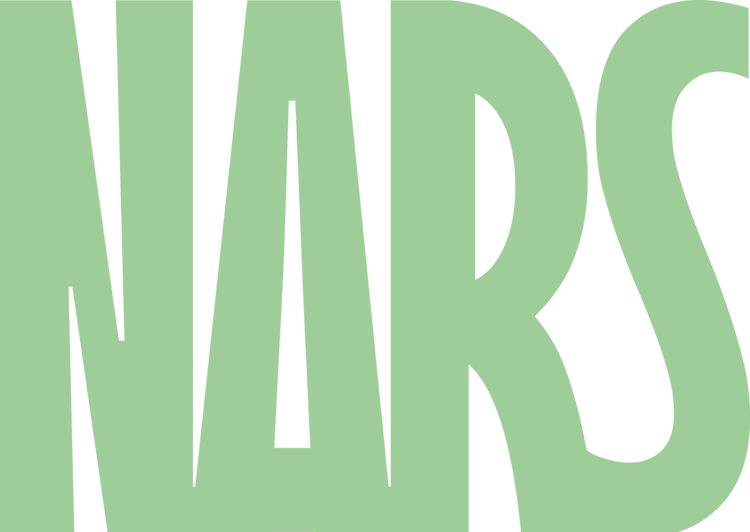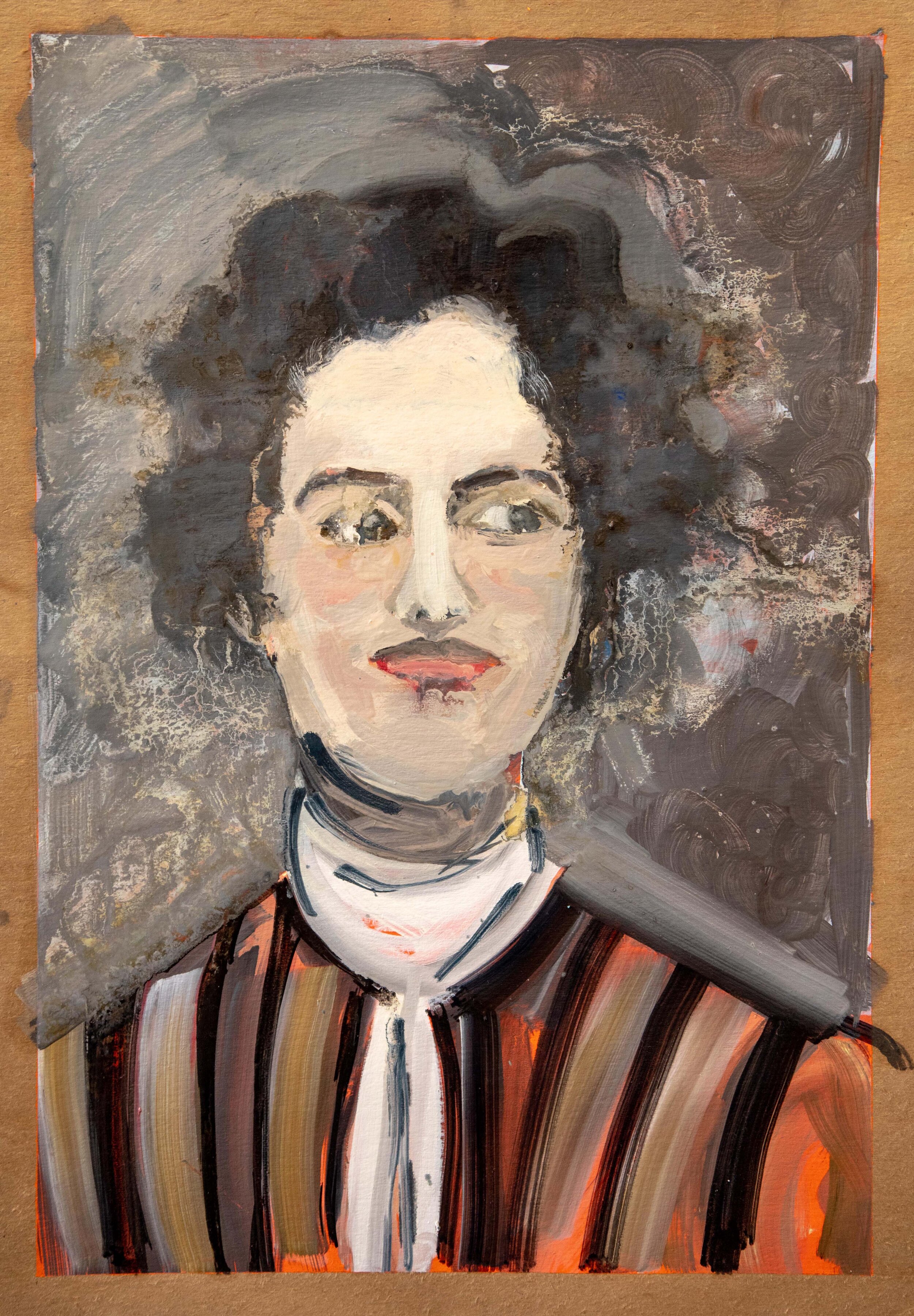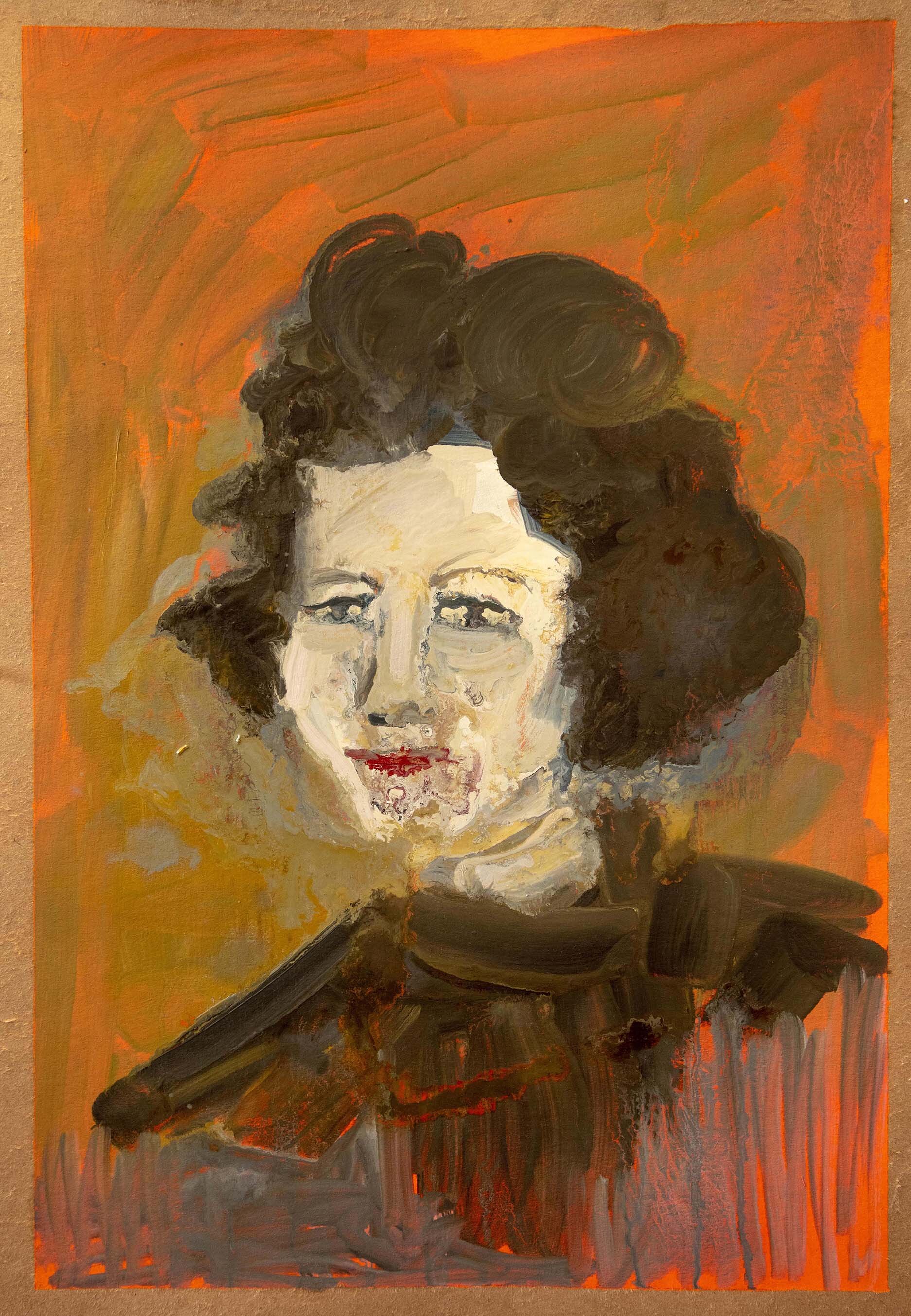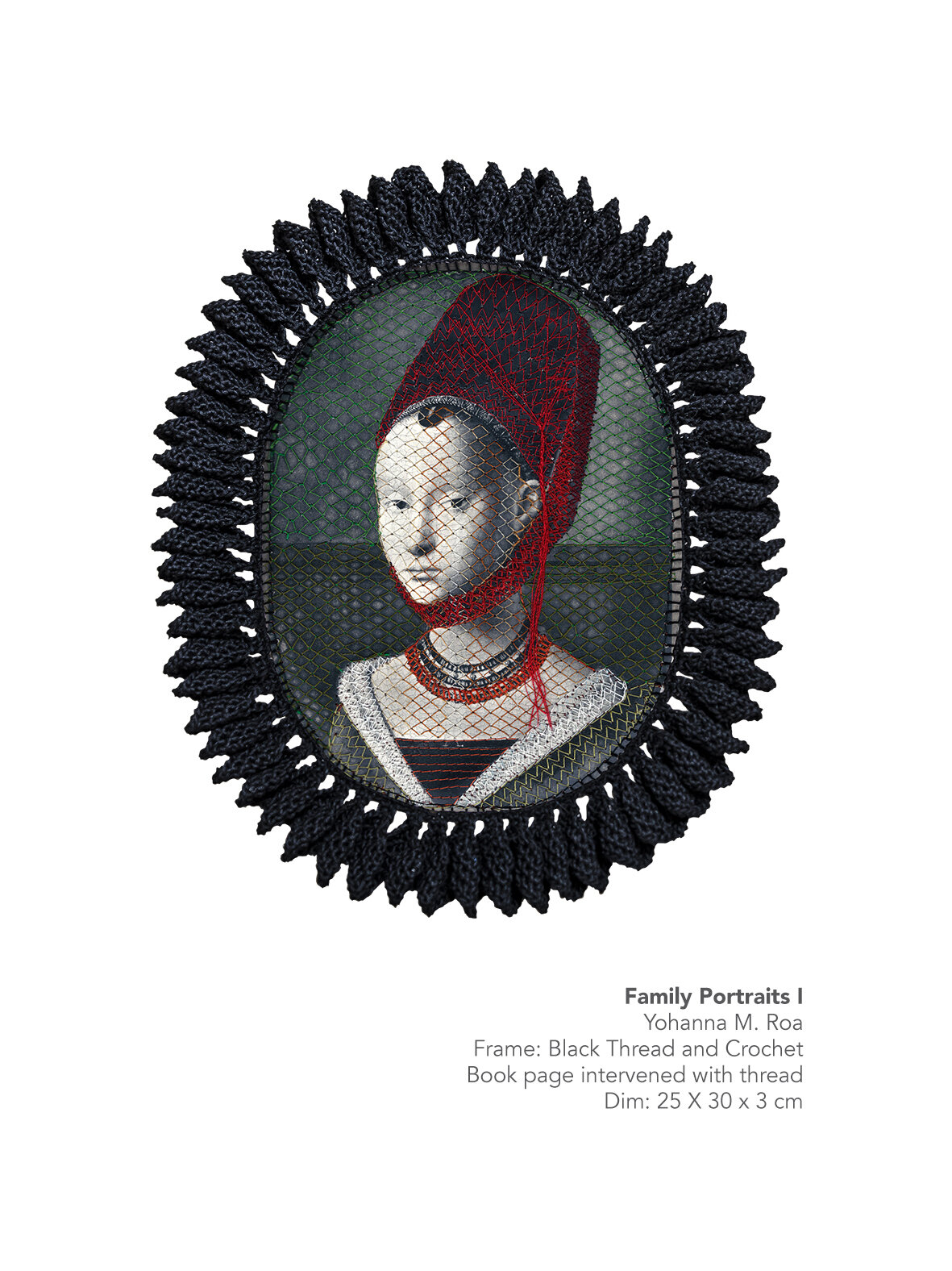Looking Forward while Looking Back:
To Re-center
Curated by Elisa Gutiérrez Eriksen
Nov 13 – Dec 3, 2020
NARS Foundation is happy to present “To Re-center” as part of the Looking Forward while Looking Back Series. This iteration presents the works of Sanie Bokhari, Lisa O’Donnell and Yohana M. Roa.
Starting from ritualistic, historical, and personal narratives, Bokhari, Roa and O´Donell entwine elements that create different portrayals, each of them with a singular approach based on the opposition of elements: beauty vs fright, transmission of information vs knowledge, the historical context vs memory.
They have developed a unique language that edifies new tales built from historical archives, elements of folklore and traditions, and memory. They center their attention in the expansion of the female perspective as a path to re-signify the present.

Sanie Bokhari (USA)
NARS Alumni, 2018 Season IV
@saniebokhari
Exploring Pakistani folklore, my practice reimagines the female figure as a protagonist and idol. In some works female figures gracefully swim and dance. In others they triumphantly carry swords and severed heads. Water becomes a channel of both leisure and danger as I embrace opposed forces of beauty and fright. This bizarre mix of rituals could never exist in reality and develops into a unique ceremonial language. By constructing intricate visual and psychological spaces through painting and drawing, my narratives intend to evoke a sense of disquieted joy that comes from upturning the tenets of tradition, whilst also attempting to understand their evolutionary significance in a historical context.
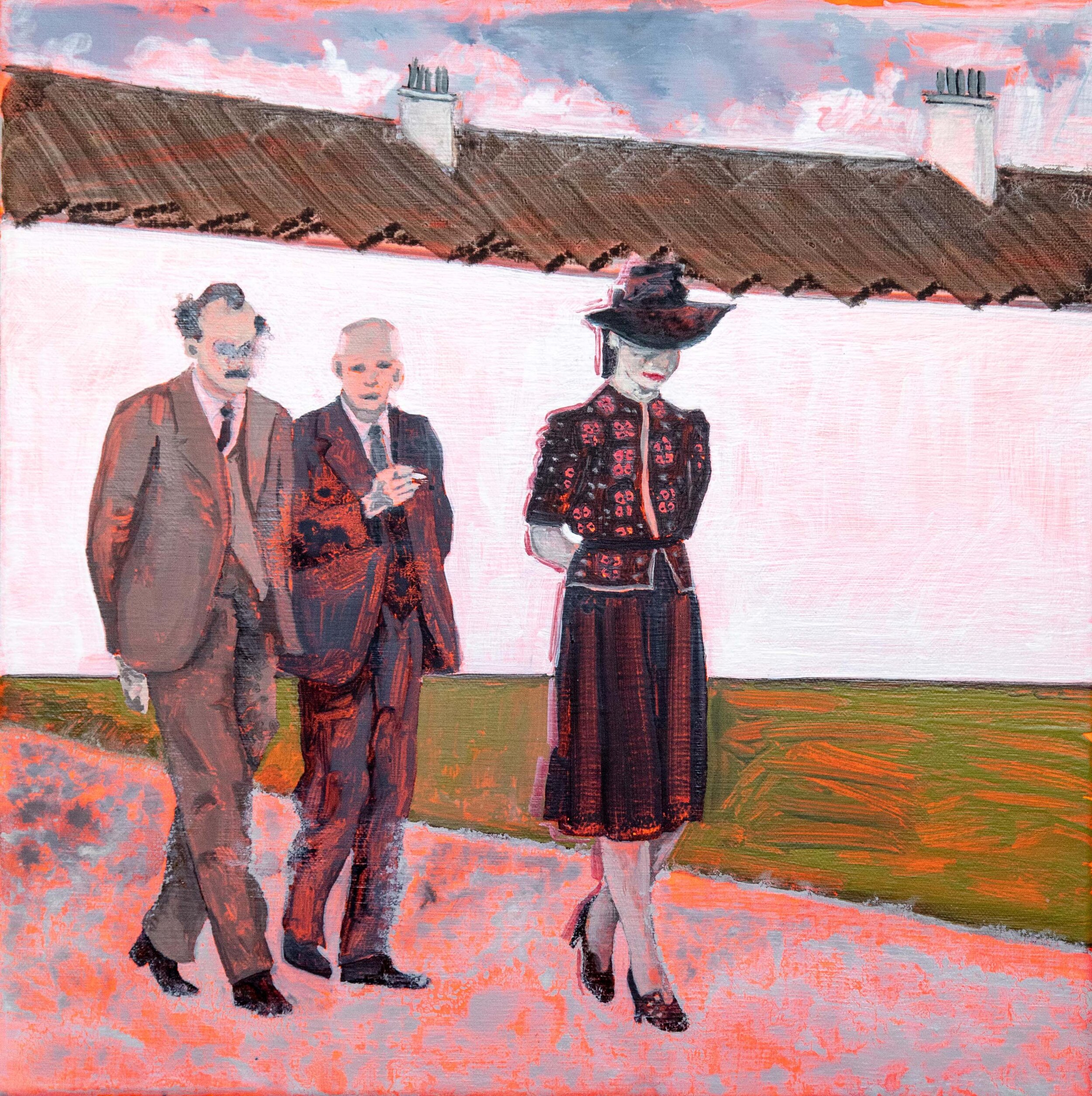
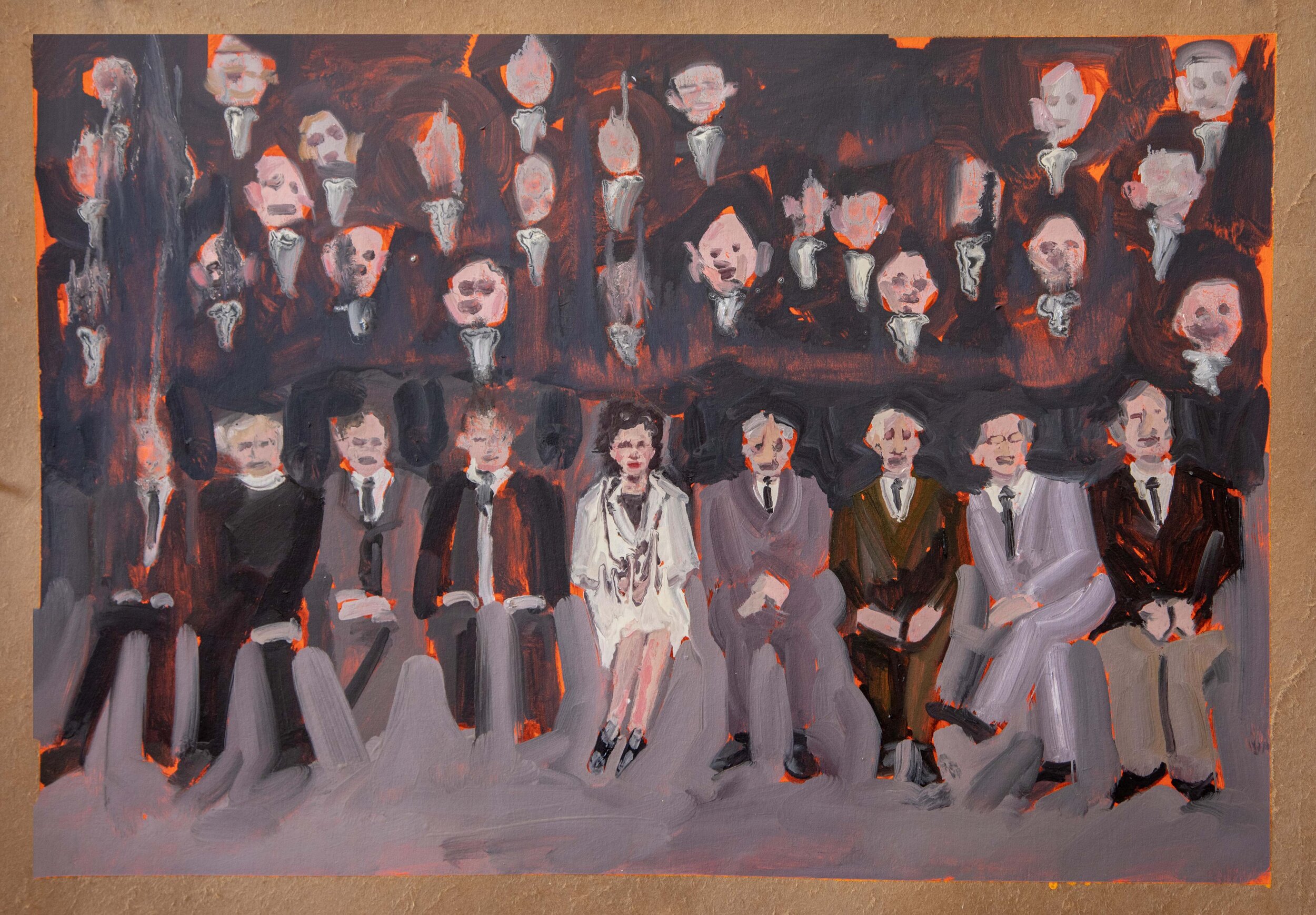
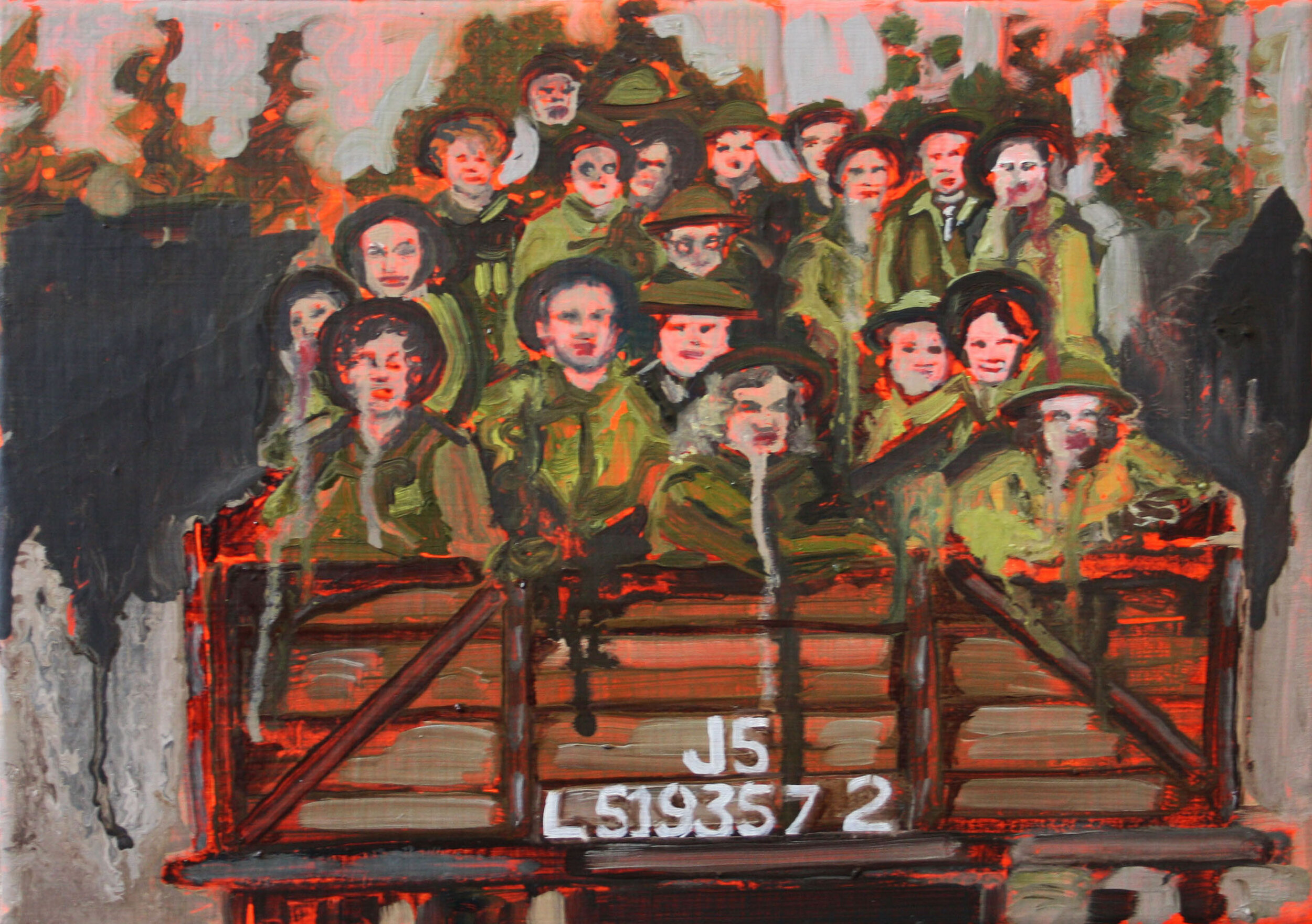
Lisa O´Donnell (Ireland)
NARS Alumni, Season IV, 2014
@lisa_od26
London based, Irish artist whose painting practice uses feminist and revisionist methodologies to expand and interpret the narratives of ground-breaking 20th-century Irish women’s histories. She is currently completing a practice-led PhD at the Royal College of Art London. She explores the notion of contemporary history painting and her work reconsiders, transforms and expands collected archive material. The paintings create imagined and altered scenes and scenarios, facilitating a space for invention and expansion of incomplete and partial narratives.
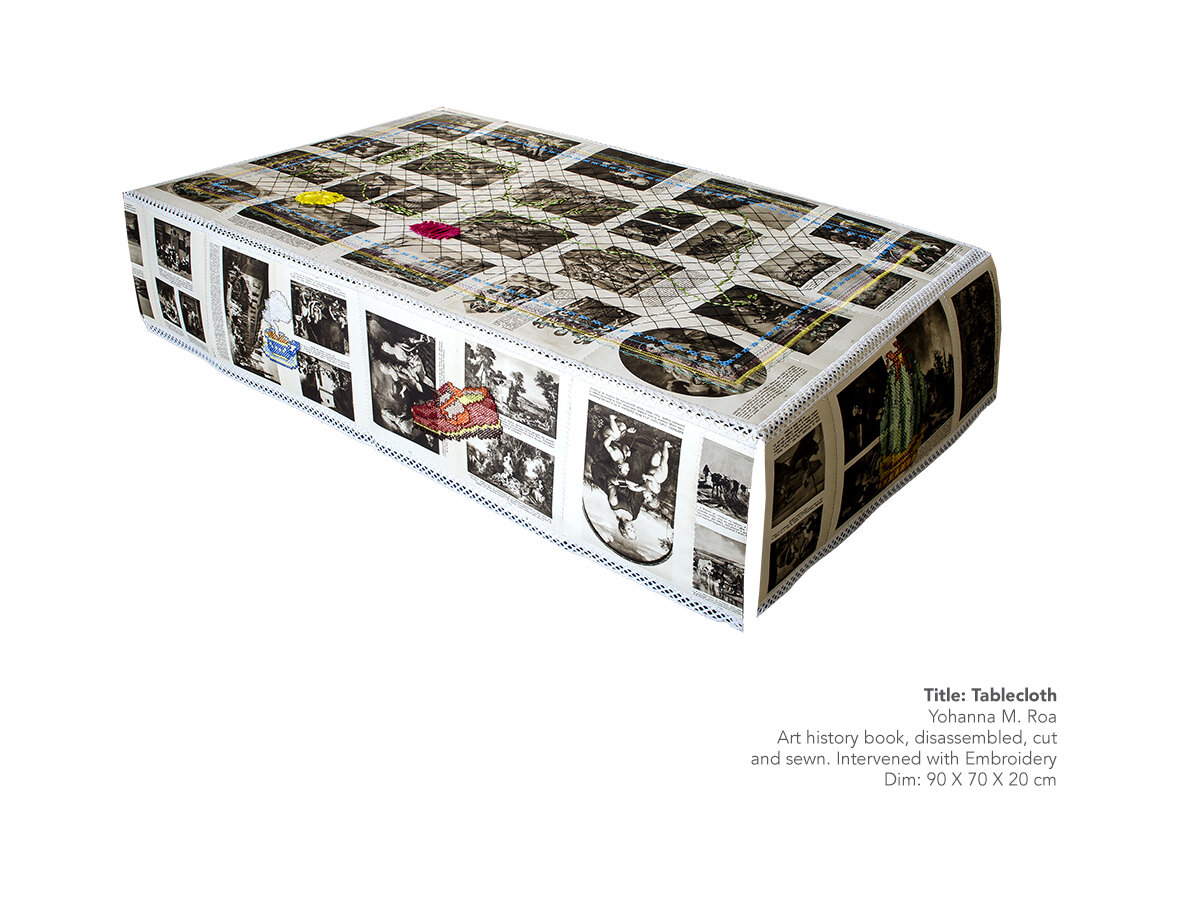
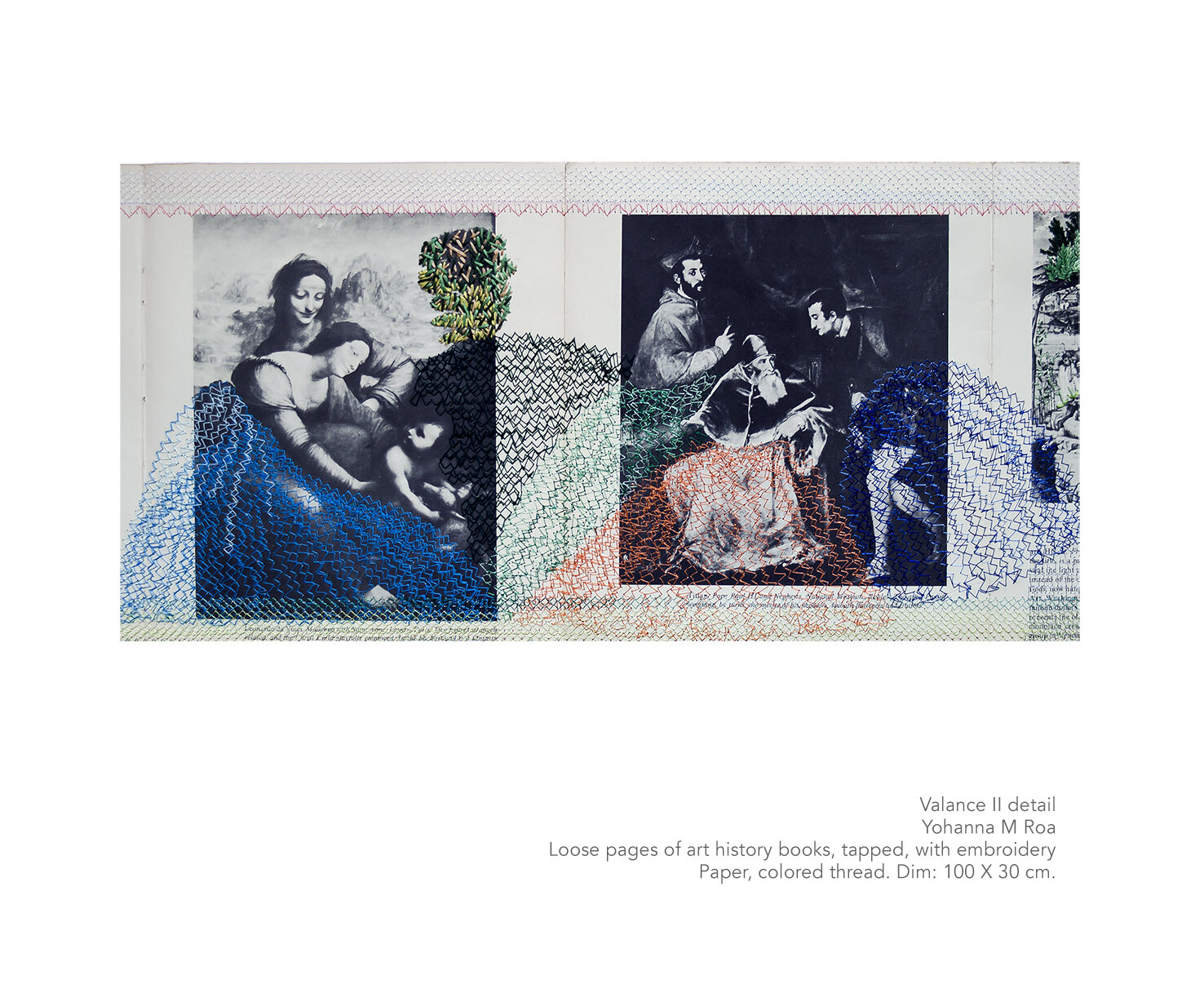
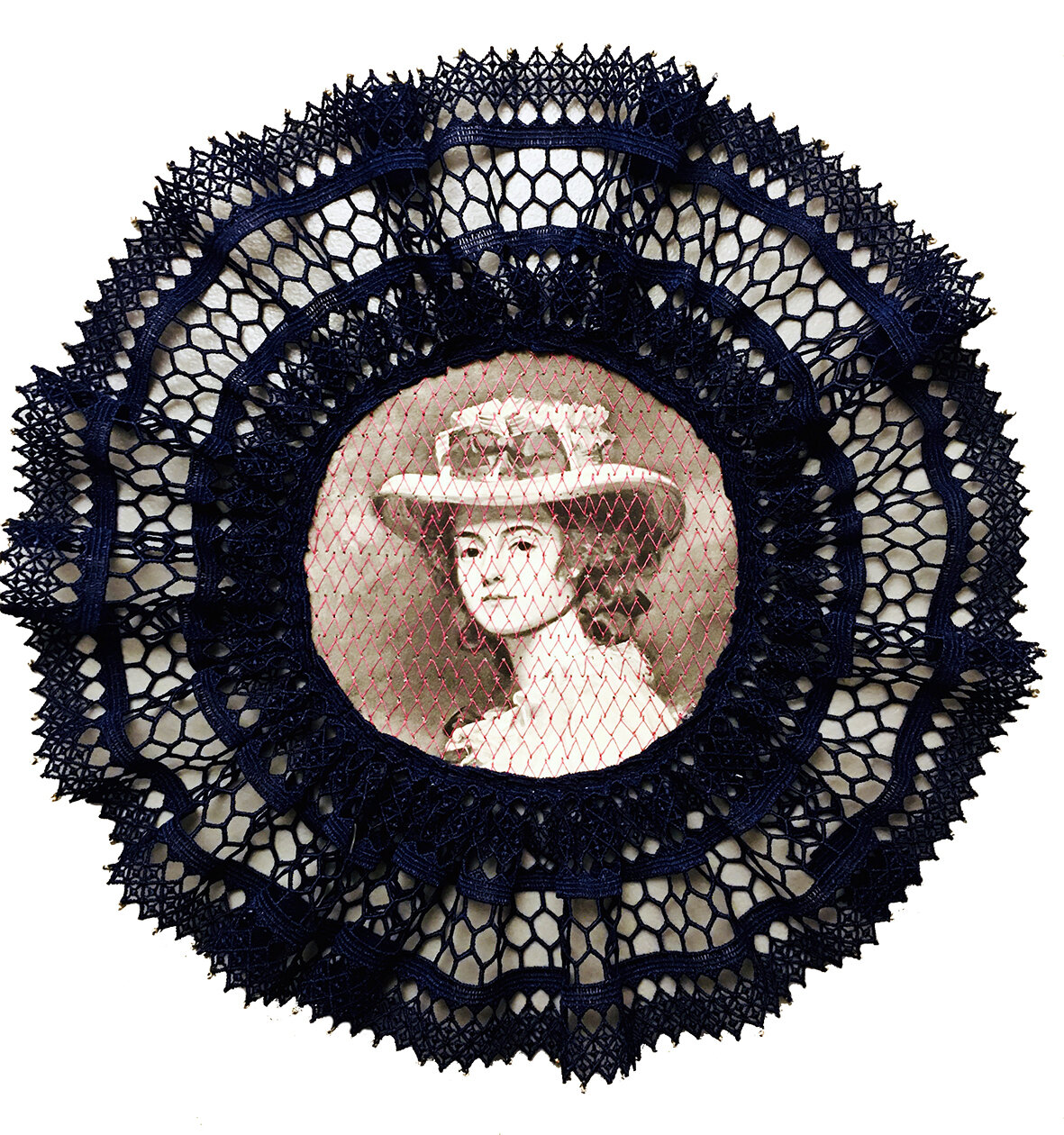
Yohanna M. Roa (Colombia / USA)
NARS Alumni, 2019 Season III
@yohannamroa
Yohanna M. Roa is a Colombian-American Visual Artist, who currently lives in NYC. She is a transdisciplinary artist. Her work reflects the forms and conditions of transmission of information and knowledge, the transformations and re-significations of the images arising from the relationship between content, media, contexts and geographical relationships, with emphasis on archiving practices and gender perspectives. She has a master's degree in visual arts from the National Autonomous University of Mexico and an undergraduate degree in visual arts – INDEBA, Colombia. She recently opened the exhibition: "The Past Instructions for its Use" in La Bodega Gallery NY. She has a large number of individual and collective exhibitions such as Looking At Contemporary Photography, Ruiz & Healy art Gallery, and Art Fair Plattform Zur Präsentation Von Kunstinitiativenin Karlsruhe plus internationale Gäste Germany.
Download Press Release
NARS Alumni, 2018 Season IV
@saniebokhari
Can you tell us a bit more about your process when creating artwork?
My process involves taking cues from, and studying art history: from Mughal miniatures to Greek sculptures, old Egyptian paintings, Buddhist statues, religious Christian paintings, religious altars, ceramic tiles, textile tapestries etc. I also love looking at kinetic sculptures, and bring some of the same dynamics of movement in my two-dimensional work with overlapping drawings, and repetition in imagery.
I begin my work with lots of sketching, planning a painting or a sculpture on Photoshop and, sometimes, making small cardboard maquettes if I am planning a large installation. When I’m working out a piece digitally, I usually use my own photography, where I pick and choose elements from different images and put them together as a collage. This acts as a ground to start from, that keeps changing as I begin working on a piece, sometimes completely different from the original idea.
How are you doing these days? Is your artwork being influenced by or providing an outlet from the current events in the world?
I believe the month of March 2020 was when Covid-19 was officially declared a pandemic, and the world underwent a lockdown. Quarantine became mandatory, and human contact was seen as a potential life threat. I found myself back at the house I grew up in, in Lahore, Pakistan and continued to make work, not necessarily responding to the situation consciously- but knowing the effects of what was going on would inevitably influence my work. I was noticing a shift in my definitions of the ‘First’ and ‘Third World’, where my work in this time became increasingly interested in the disparities that seem to arise through the innocuous process of globalization, while grappling with the modern human condition in light of the pandemic.
Experiences became universal, the virus became the great equalizer, our biologically ingrained survival mechanisms were all suddenly unified against a common threat.
How do you see the role of art and artists in society today?
I believe an artist's role is to make sense of the world, but I cannot speak for others’ - however, I strongly believe in the role of activism in art, and art being a catalyst for critical dialogue. I acknowledge the limitations that come with this, where work exists in white cube spaces, which may not necessarily be widely accessible and inclusive. ‘Activism’ can also be at the risk of appearing as a marketing tool, which can often be at odds with reality - My work grapples with some of these questions and concerns. I wish to relay my experiences as a South Asian woman growing up in Pakistan as authentically as possible, hoping to reconstruct conventions and engage in dialogue that ultimately results in reconstructing preconceived notions that govern how individuals live their lives.
Is there something specific that you hope to explore in the future?
I hope to continue to deeply explore the emotional intensity that my work can induce, and wish to do that in a way that understands and embraces traditions, but also critically challenges and reconstructs oppressive mindsets of a patriarchal society. In the context of the medium, and physicality of my work, I wish to keep exploring and understanding the medium of paint. Even after a BFA and an MFA in painting, I believe there's a whole world of it, I have yet to explore - especially on a larger scale. Having recently visited the Vida Americana exhibit at the Whitney Museum, of mexican muralists from the 1920-1950’s- I was extremely energized to push the dialogue of my work with scale further.
NARS Alumni, Season IV, 2014
@lisa_od26
Can you tell us a bit more about your process when creating artwork?
At the beginning of every project, I start with a process of collection, selection and reflection - gathering source material from sources including dedicated archives, written biographies and documentaries. Where possible I try to go to physical archives so I can get even closer to the source, although I am fully aware archives are not objective places in themselves. My processes and methods in the studio are constantly evolving but my most recent methods involve making digital collages and studies from collected material which then become starting points for the paintings. The extensive biographical research is important because when it comes to making the paintings of these women's lives and experiences I want to feel like I have done my due diligence and that I know them. Then it is through the collaging and painting process that I actively engage subjectivity in my decision making.
How are you doing these days? Is your artwork being influenced by or providing an outlet from the current events in the world?
I have just commenced the second year of my PhD at the Royal College of Art which I am pursuing on a part-time basis. This means that even before the pandemic hit all of my studio work was done remotely and I am also very privileged to be on a fully subsidised residency program at Carpenters Wharf Studios in East London. I was however confined to working from my kitchen table for the first 4 months of lockdown which did have an effect on my work. I started making small A5 paintings on paper, working through multiple versions of the same photographic starting point. They started off as just studies/prep work but now I'm feeling like they could be something very productive, even generative and serve to expand on my research related to the multiple subjective interpretations and views possible in relation to any aspect of history.
How do you see the role of art and artists in society today?
I think the role of art and artists in modern-day society is not easily confined into a short sentence. The type of art I’m interested in making is something that attempts to make a contribution to something I feel deeply connected to; a feminist questioning of accepted histories. I think art and artists play a vital role in questioning and challenging power structures that are at play in modern-day and in the past. Then at the same time, I think it is arts role to take people out of their everyday life; empower them, distract them, entertain them, shock them, give them pleasure - ultimately to provoke some kind of feeling and reaction be it good or bad.
Is there something specific that you hope to explore in the future?
My current research project is a long term endeavour and I hope to continue to refine and expand my methods, methodologies and studio work and I hope to contribute to the genre of contemporary history painting. The four women the project will cover include Sheila Tinney (1918-2010: mathematical physicist), Jocelyn Bell Burnell (b.1943: astrophysicist), Doris Fleecson (1901-1970: political journalist and war correspondent) and Carmel Snow (1887-1961: editor of Harper’s Bazaar). As these women’s biographies and achievements were under-explored and under-documented, the possibility of explicitly editing, adding to and repositioning the imagery and narratives seems a fruitful strategy. I will continue to research comparative strategies and methods used in history writing and painting making, looking at what each may have to offer the other in relation to feminist revisionism.
NARS Alumni, 2019 Season III
@yohannamroa
Can you tell us a bit more about your process when creating artwork?
My practices around art focus on the uses of memory, the archive and the historical materiality of objects. I am interested in making statements that reveal obstructions, voids and deficiencies in the different forms of production and transmission of information, knowledge and history; in particular the transformations and resignifications of the images, which arise from the relationship between stories, contexts and geographical places. For me, the past is something that we can constantly build, twist and transform.
How are you doing these days? Is your artwork being influenced by or providing an outlet from the current events in the world?
I am interested in current events, sometimes my work has a specific situation as its theme, for example I just participated in an exhibition at WhiteBox Harlem, where they asked the artists for an opinion about the electoral process and I responded with a textile work.
And at other times I focus on social structural problems, for example the marginality of knowledge produced by women in the writing of history, I developed the project: the past Instructions for use, individual exhibition that is currently open at Manifest Gallery Cincinnati.
How do you see the role of art and artists in society today?
I genuinely consider that the role of the artist is relevant, not only in the production of aesthetic objects, artistic production encompasses social and spiritual spheres and everything that concerns us as human beings. We are a kind of social thermometer, art is a powerful possibility to express what we see in the world and connect with others by sharing ideas and emotions.
Is there something specific that you hope to explore in the future?
Since the quarantine began, a large part of everyone's life has been linked to virtuality. I am recently reflecting on that change in our relationship with our bodies.
